You're either team nuts in your brownies or team without. I am definitely pro-walnuts and this easy recipe for brownies with walnuts makes chewy brownies with lots of walnuts and a rich chocolate flavour from cocoa powder and dark chocolate.
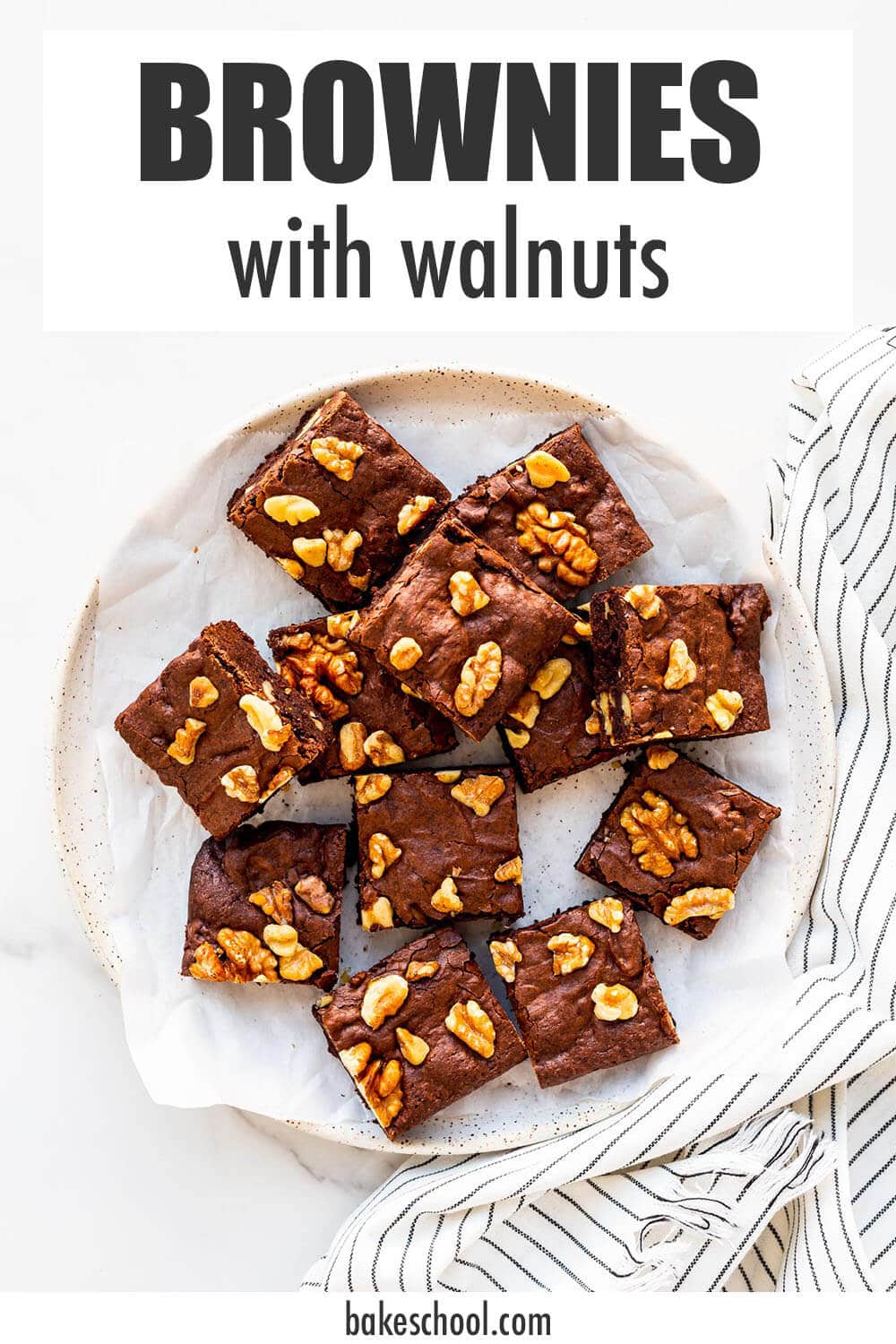
Jump to:
What you need to make these
If you want to make a batch of brownies with walnuts from scratch, you will need the following ingredients:
- butter, preferably unsalted butter because you will add salt to the batter, but if you have salted, it will work. Just adjust the salt in the recipe accordingly, otherwise, your bars may be too salty
- dark chocolate, like a 70 % semi-sweet or bittersweet chocolate
- granulated sugar gives these brownies crispy/chewy edges
- large eggs, don't use smaller eggs because your cookie dough may be too dry and your brownies may be crumbly but don't use extra large eggs because they could cause the batter to separate
- hot espresso—you don't need much but it helps reinforce the bitter notes of the chocolate and balance out the sweetness. Hot coffee works too
- all-purpose flour is needed to bind all the ingredients together and give the brownies structure, contributing to the chewiness of the bars as well. If you don't use enough flour, your brownies may be overly fudgy and dense
- cocoa powder—use Dutch-processed cocoa powder. Most grocery stores sell it and it might not even be marked as such, but it probably is. Don't use natural cocoa powder in this recipe, which doesn't have the depth of flavour that Dutch processing brings.
- baking powder is a leavening agent and it helps open up the crumb of the brownies so they aren't so dense. Do not use baking soda, which isn't the same as baking powder. Read up on baking soda vs baking powder if you are unsure
- salt is really important to balance out the sweet chocolate flavour. Don't skip it. I like to use Diamond Crystal fine kosher salt, but table salt will work, though the bars will be saltier and you may want to halve the salt in that case
- chopped walnuts add a lot of flavour and texture to these bars
Types of chocolate to make brownies
Most brownies are made with cocoa powder instead of melted chocolate. The type of chocolate you use will have a big impact on both the flavour and the texture. Dark chocolate will bring both cocoa butter and sugar to your brownies, while cocoa powder is pretty much fat-free and virtually sugar-free (except for the natural sugars from the cocoa bean).
Replacing cocoa powder with dark chocolate in a brownie recipe can lead to results that are too dense or overly sweet, depending on the chocolate you use and if you don't adjust the recipe to compensate for the differences between the two ingredients.
In this recipe, I combine both melted dark chocolate (70 % cocoa solids) and cocoa powder, and you'll notice the recipe has a little less butter than most brownies because dark chocolate contributes some fat.
The resulting brownies have a very chewy edge and a fudgy, but not raw middle. The crust has a chewy/crisp texture.
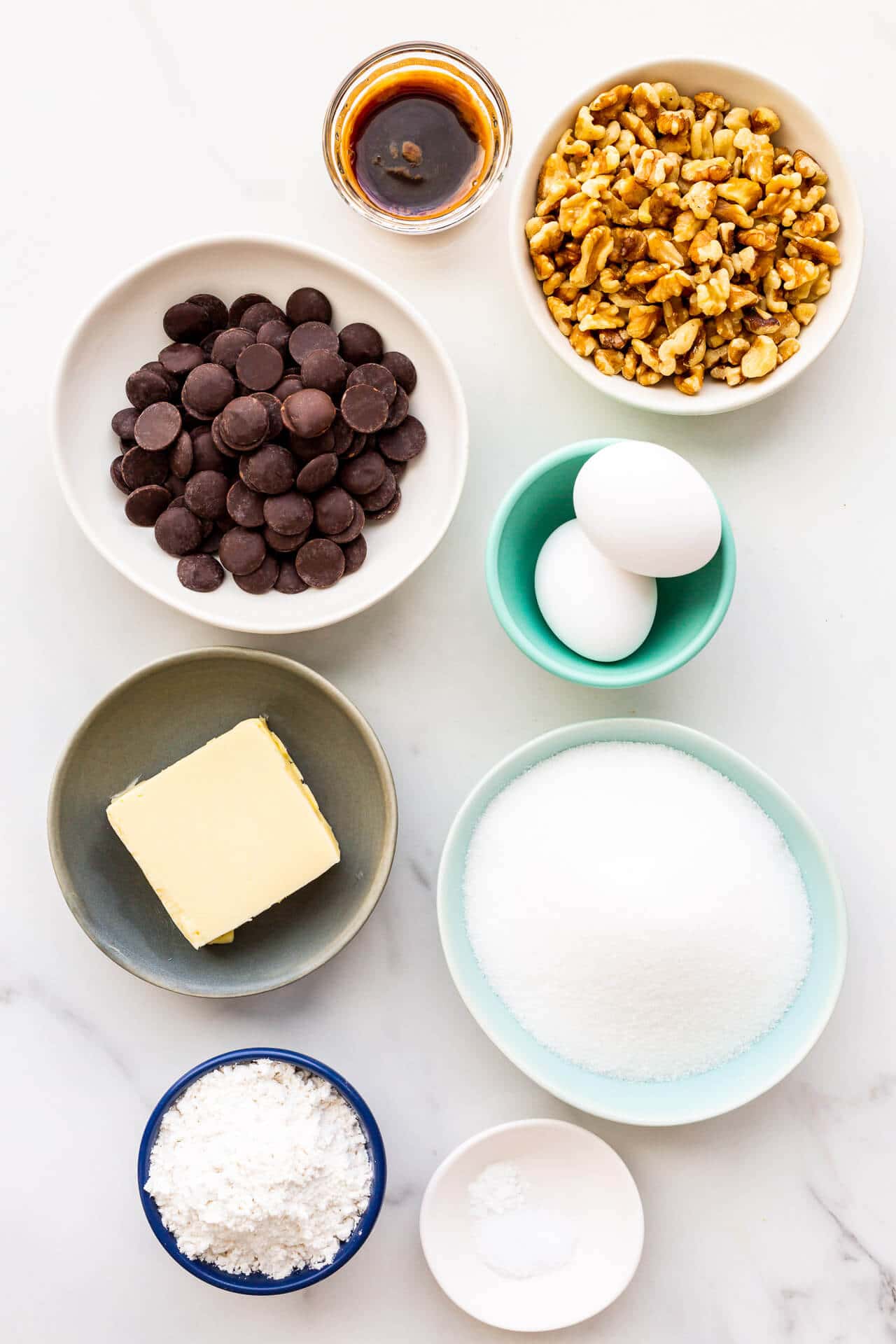
How to make shiny brownies with a paper-thin top
For many bakers, the shiny paper-thin layer that forms when brownies bake and that cracks when you cut into them is the ultimate brownie goal.
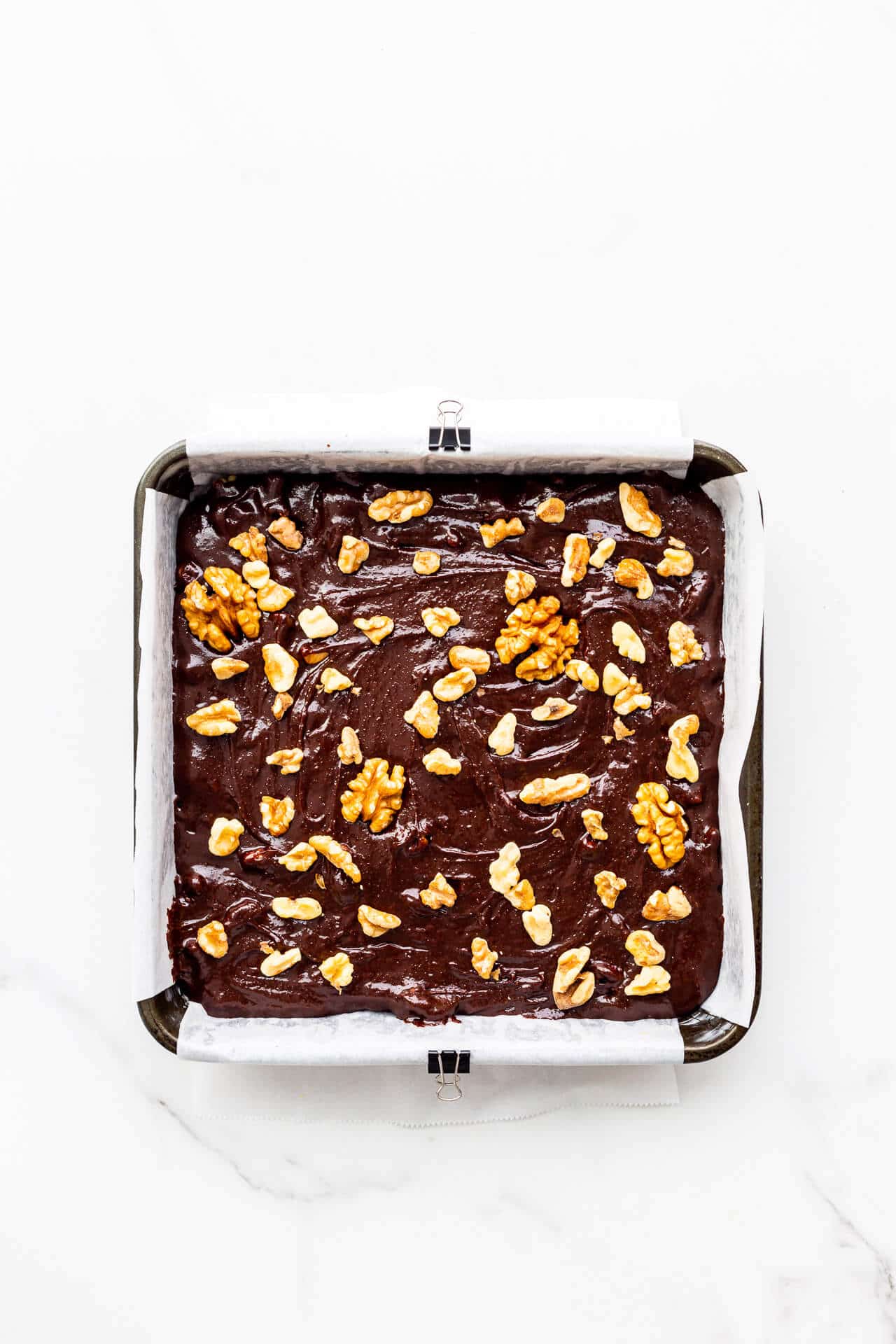
There are a few ingredients and techniques that influence whether or not you end up with shiny brownies:
- the amount of sugar: if you use less sugar, it's likely that the shiny top won't form.
- the type of sugar: brownies baked with brown sugar are less likely to form a shiny top than brownies made with granulated sugar. Use granulated sugar if you want shiny brownies
- the amount of water: remember box brownies are made with water, which will help dissolve the sugars, leading to a shiny top. Home bakers often add more eggs to brownies from scratch than box mixes, and those eggs contribute some water to dissolve the sugars, as does the butter if you are baking with butter.
- the way the sugar is added: adding the granulated sugar to the warm mixture of melted chocolate and butter helps the sugar melt into the batter, and this improves the shiny top. Whipping the sugar with the eggs can also help develop the thin crust on brownie tops. Again, it involves dissolving the sugar.
- grating some of the chocolate: I've seen it mentioned in a few recipe that part of the chocolate is melted and part is grated and added to brownie batter just before baking and that this is the secret to the shiny top. This seems like a lot of work and grating chocolate means chocolate flies everywhere (because of static). Others have mentioned that stirring chocolate chips into the brownie batter before baking can also lead to a shiny top.

Clearly, there are a lot of opinions about how to bake brownies with a shiny top. But we know that boxed mixes consistently yield brownies with a shiny top. I suspect that, with boxed brownies, which often indicate adding water to the mix, a higher proportion of granulated sugar and dissolving that sugar is what leads to the shiny top.
And if all else fails and you don't get the shiny crust you were going for, remember you can cover the top with a rich chocolate fudge frosting, and nobody will know the shiny top is missing!
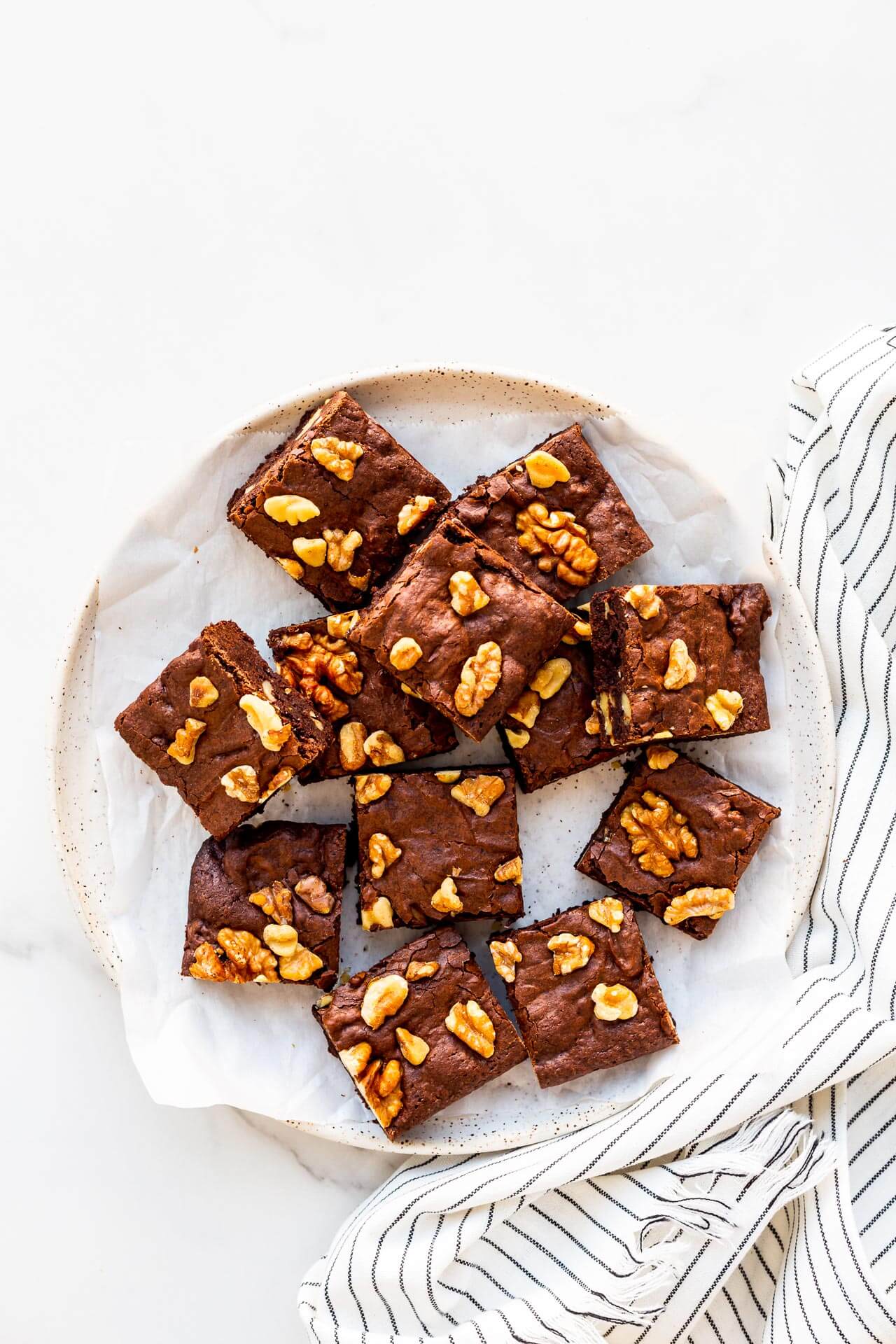
Mixing methods for brownies
There are three different ways to combine/mix ingredients to make a batch of brownies. This mixing method you use may have an impact on the final brownies in terms of texture and looks:
- Creaming method where the butter and sugar are beaten together before adding the eggs and then finishing with the dry ingredients. This method will incorporate air in the butter, leading to a more open crumb. I used the creaming method to make these popcorn brittle brownies.
- Whipped eggs method where the eggs and sugar are whipped together before folding in the dry ingredients and finishing with the melted butter and chocolate. Again, this method will incorporate more air into the batter.
- One bowl mixing method where the butter and chocolate are melted in a pan on the stove or in the microwave, and then the eggs and sugar are stirred in, followed by the dry ingredients. No air is mechanically incorporated with this method so the brownies may be denser.
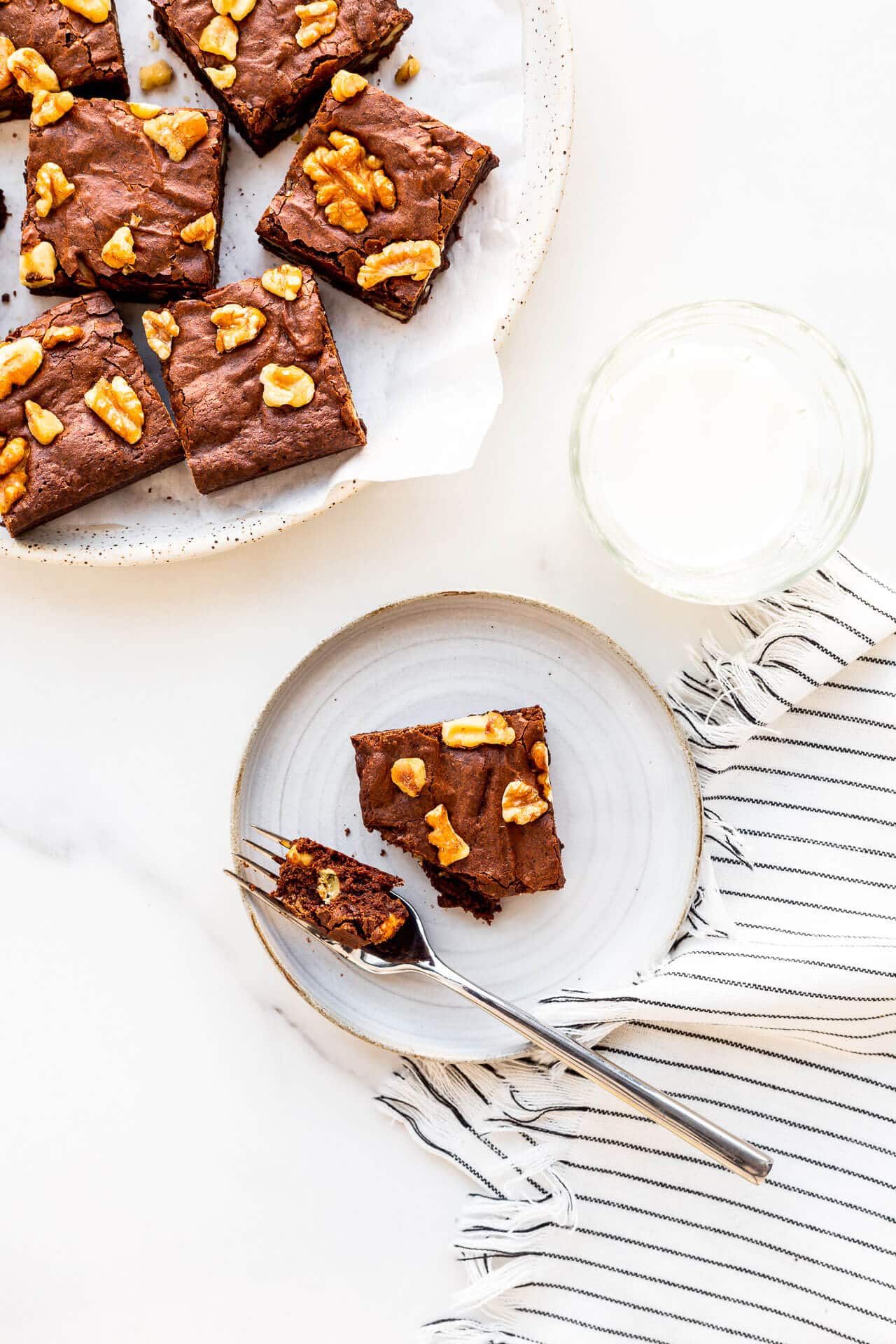
I like to use the one-bowl mixing method to make brownies because it's easy, but in order to compensate for the lack of air incorporated into the batter, I include a small amount of a chemical leavener, specifically baking powder, to help open up the brownie crumb just a little so that it's not so dense.
Traditionally brownies do not contain any leaveners, but I like the texture better with some baking powder. It makes the brownies less dense. Feel free to skip it if you don't want to use it.
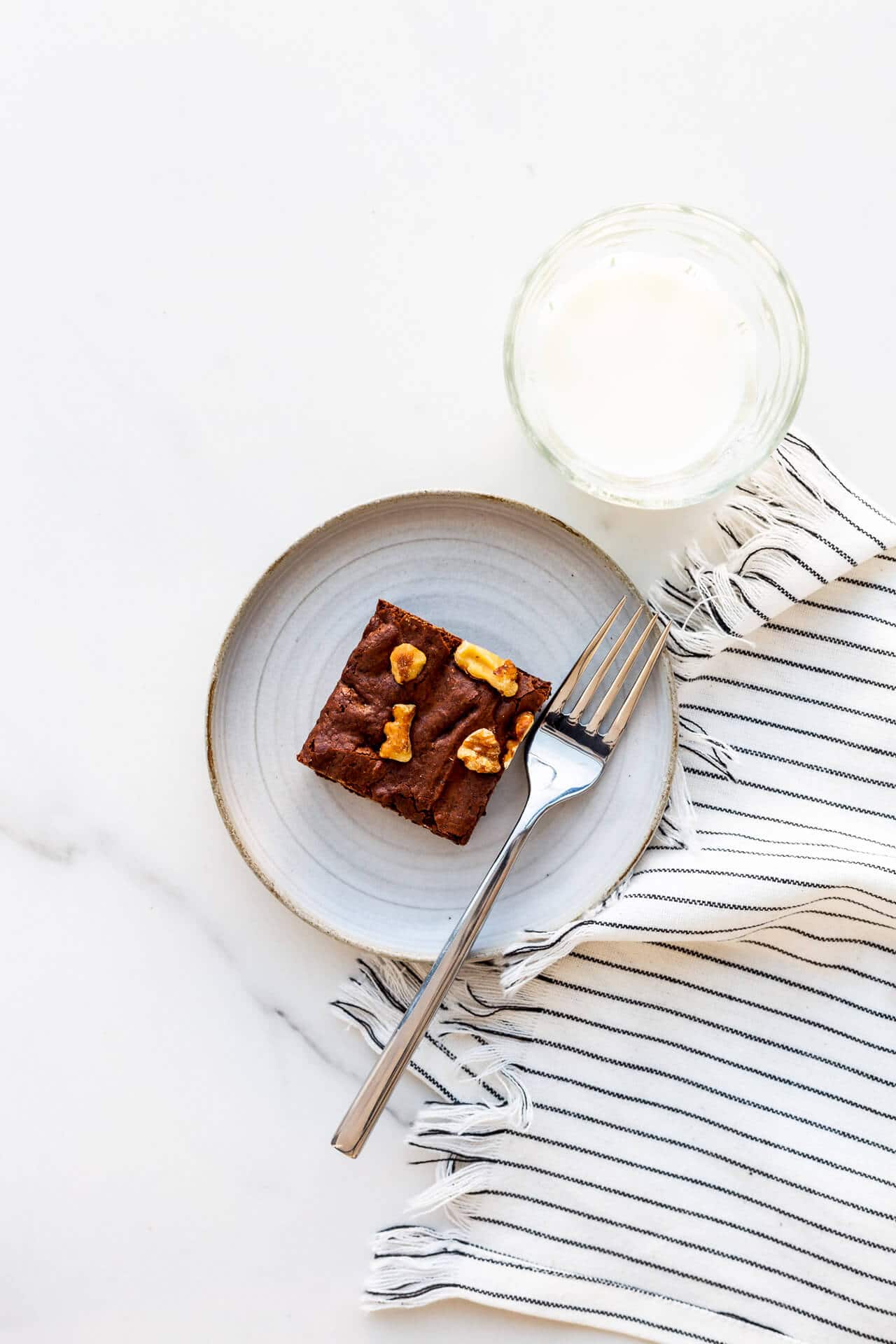
This recipe for brownies with walnuts is actually a variation on a brownie recipe I like because it yields very chewy edges. If you like fudge-y or gooey brownies, this might not be the ideal recipe for you. I've used this same recipe to make these brownies with raspberries.
Special equipment
I used a metal brownie pan to bake these brownies. Usually an 8x8 pan or a 9x9 pan. Brownies baked in a glass pan may take longer to bake. Remember that not all baking pans behave the same and you need to account for the material of the pan when adjusting baking times.
Cutting brownies neatly
If you struggle to cut brownies because they stick to your knife, try using a plastic knife instead of a metal knife! The plastic cuts cleanly through brownies without sticking. You can also use the straight edge of a plastic bowl scraper.
Serving suggestions
Brownies are great enjoyed as is, but you can also eat them à la mode, topped with vanilla bean ice cream or dark chocolate ice cream. Another favourite of mine is to serve these with Oreo ice cream or mint chocolate chip.
Storage suggestions
I store brownies in the pan I baked them in. Make sure to cover the pan tightly with plastic wrap or aluminum foil. These store for up to 5 days. They will dry out the longer you store them.
Got leftover brownies? I like to chop up any extra brownies into bite-sized pieces and freeze them in freezer bags. Frozen brownies are extra chewy and make a great snack, or save them to incorporate in the most delicious chocolate brownie ice cream recipe!
📖 Recipe
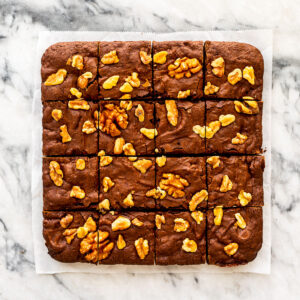
Brownies With Walnuts
Equipment
Ingredients
- 115 grams unsalted butter
- 175 grams 70 % dark chocolate
- 250 grams granulated sugar
- 3 large egg(s)
- 15 mL espresso hot
- 95 grams bleached all-purpose flour
- 45 grams Cacao Barry extra brute cocoa powder
- 2.5 mL Diamond Crystal fine kosher salt
- 0.625 mL baking powder optional but can help open up the crumb
- 120 grams chopped toasted walnuts
Instructions
- Preheat the oven to 350ºF (175 °C). Butter a 9x9-inch (23x23 cm) brownie pan. Line the bottom with parchment. Set aside.
- In a large bowl, melt together the butter and the chocolate. You can do this over a pan of simmering water or in the microwave at power level 5, pausing from time to time to stir a little so that the mixture heats evenly.
- Add the granulated sugar to the bowl of melted chocolate and butter, and stir it in.
- Add the eggs, one at a time, mixing well between each addition. Stir in the hot espresso. Dump in the flour, cocoa powder, salt, and baking powder, and stir it in. Fold in walnuts.
- Pour the batter into the prepared pan and smooth the surface.
- Bake for 30 to 40 minutes, or for however long it takes to achieve your perfect brownies. I like my brownies chewy so I bake them for 40 minutes. Let cool completely in the pan before cutting into squares using a plastic bowl scraper. Don't use a metal knife because it will stick.
Notes
- This brownie recipe fits in an 9x9" square pan.
- For the dark chocolate, I used Cacao Barry Ocoa 70 % dark chocolate.
- Use a metal pan which is a better heat conductor than glass. Brownies baked in a glass pan may take longer to bake.
- To cut the brownies easily and cleanly into squares, use a plastic bowl scraper or a plastic knife! Don't use a metal knife because it will stick.
Nutrition
Fun fact: the opposite of a brownie is a blondie. Try these easy bar recipes, including toffee blondies and these raspberry and white chocolate blondies.
Substitutions
Brownies are made from a simple list of ingredients and your substitution options are limited. Here are some places where you can deviate:
- dark chocolate: I used a 70 % dark chocolate from Cacao Barry. This is a semi-sweet chocolate verging on bittersweet. If you don't have access to this brand of chocolate, feel free to use a Lindt chocolate or any high quality chocolate with at least 50 % cocoa content. If you are unsure, read about the different types of chocolate for baking.
- cocoa powder: I used a Cacao Barry brand cocoa powder called Extra Brute. It is a Dutch-processed cocoa powder. You can replace it with any brand of Dutch-processed cocoa powder. I don't recommend a natural cocoa powder because the flavour will be weak.
- sugar: I used granulated sugar (white sugar), but feel free to use a combination of brown sugar and white sugar if you prefer. Do not use icing sugar.
- walnuts: you can use any chopped nuts or replace them with chopped chocolate even or chocolate chips if you prefer.
Frequently asked questions
You can incorporate any type of nut in brownies but, personally, I prefer walnuts or pecans.
Toasting nuts is optional most of the time when you bake. However, toasting the walnuts brings out the oils and the flavour of the nut, giving them a more pleasant taste. If you have the time, toast them!


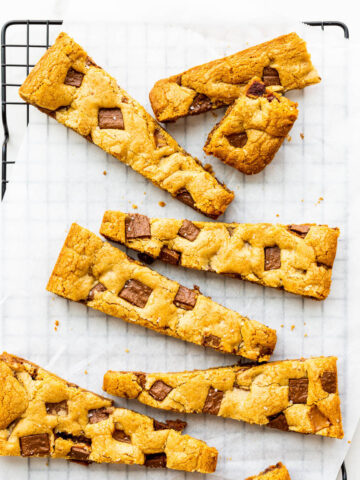
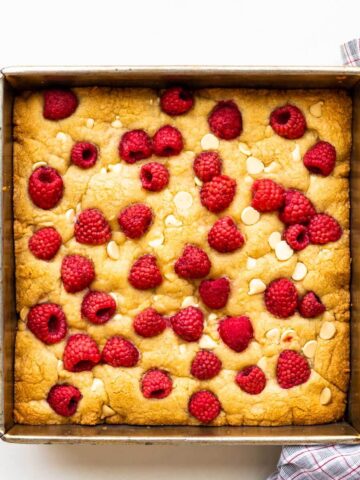
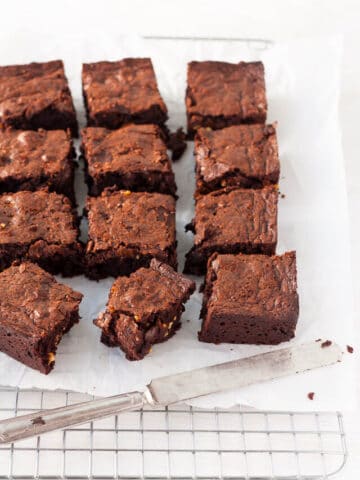
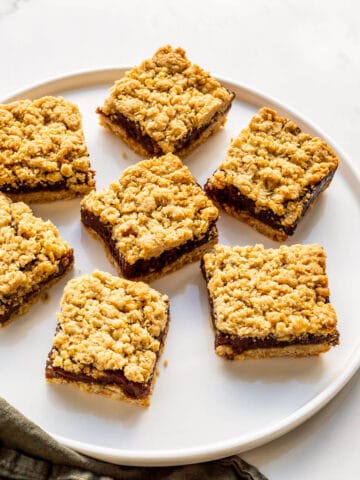
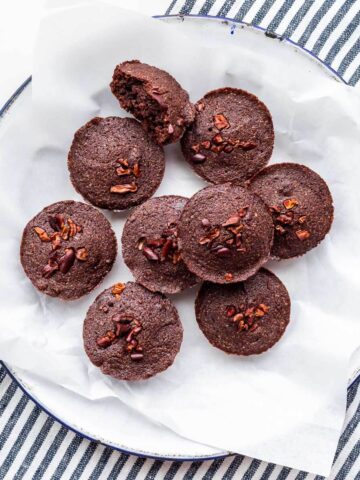
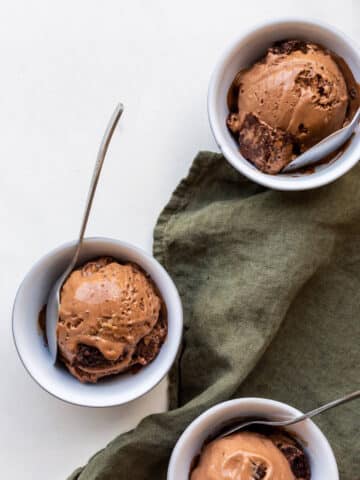
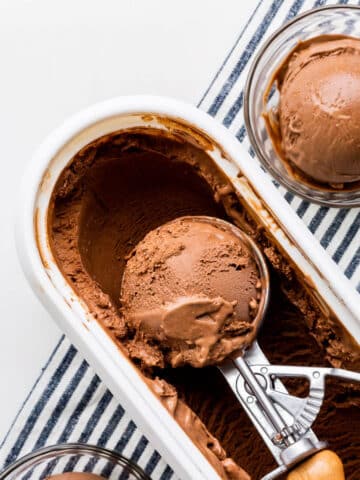
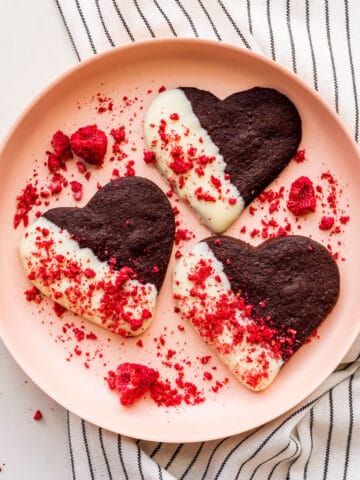
Kristen Raney says
I made these with my 10 year old (who is very picky) and my 3 year old and they were AMAZING. They were the perfect texture and the thing to satisfy a chocolate craving.